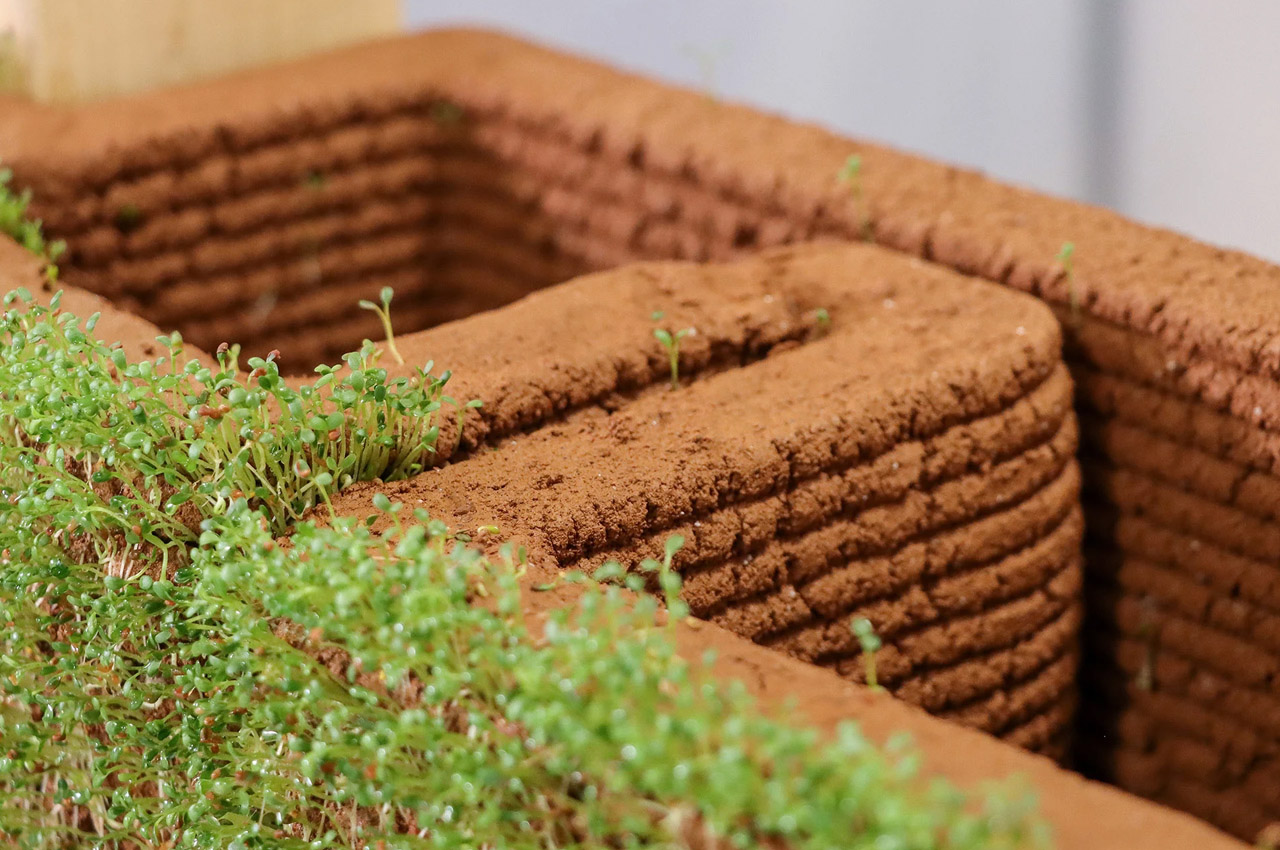
A research team from the University of Virginia has invented an innovative and sustainable technique of 3D printing structures created from soil implanted with seeds. This can be used to create walls and roofs that are blooming with plants! Ji Ma, an assistant professor of materials science and engineering at UVA’s School of Engineering and Applied Science, David Carr, a research professor in the university’s Department of Environmental Sciences, Ehsan Baharlou, an assistant professor in the UVA School of Architecture; and recent UVA graduate Spencer Barnes, who earned his Bachelor of Science in aerospace engineering created prototypes that initially look like plain jane soil structures, but within a few days begin to get completely covered by plant life! They said you can compare them to “oversized Chia Pets”.
Designer: Ji Ma, David Carr, Ehsan Baharlou, and Spencer Barnes
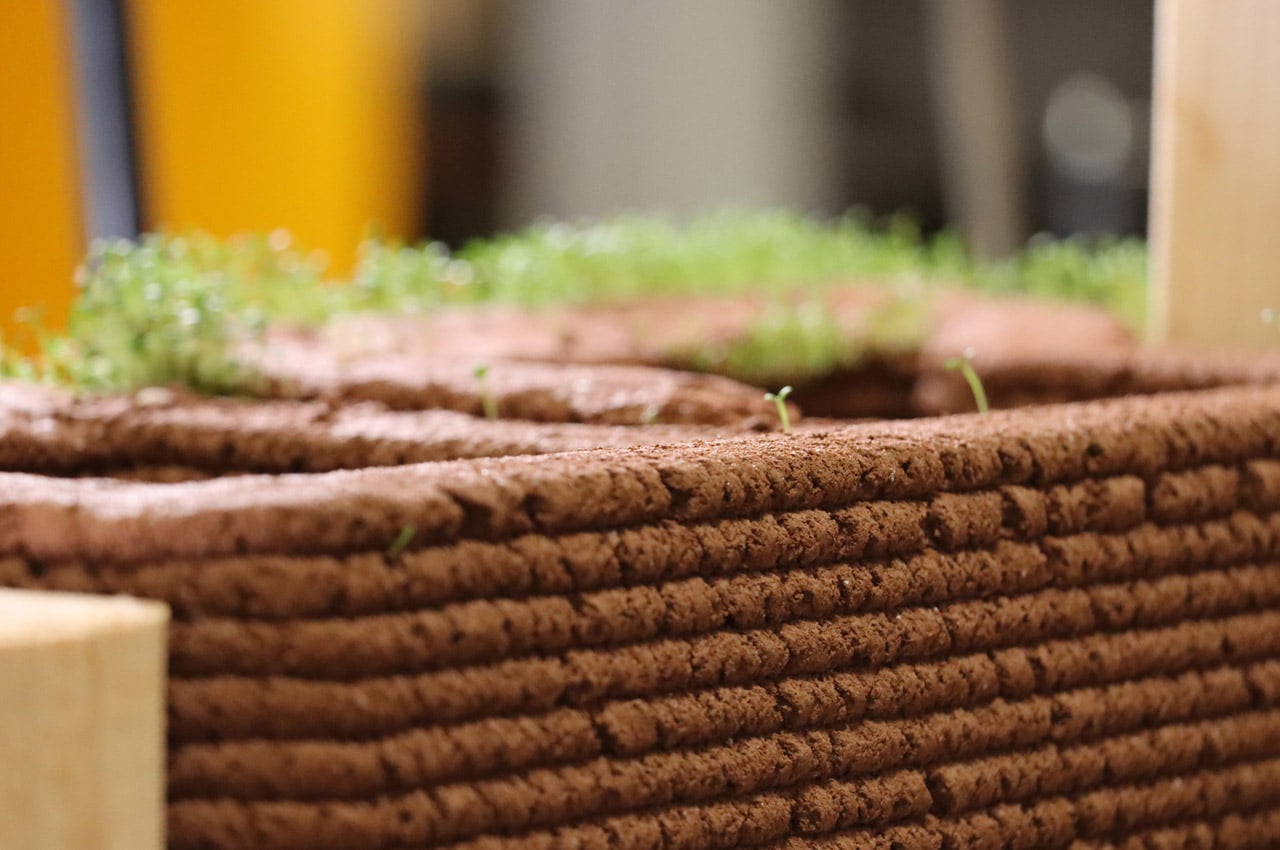
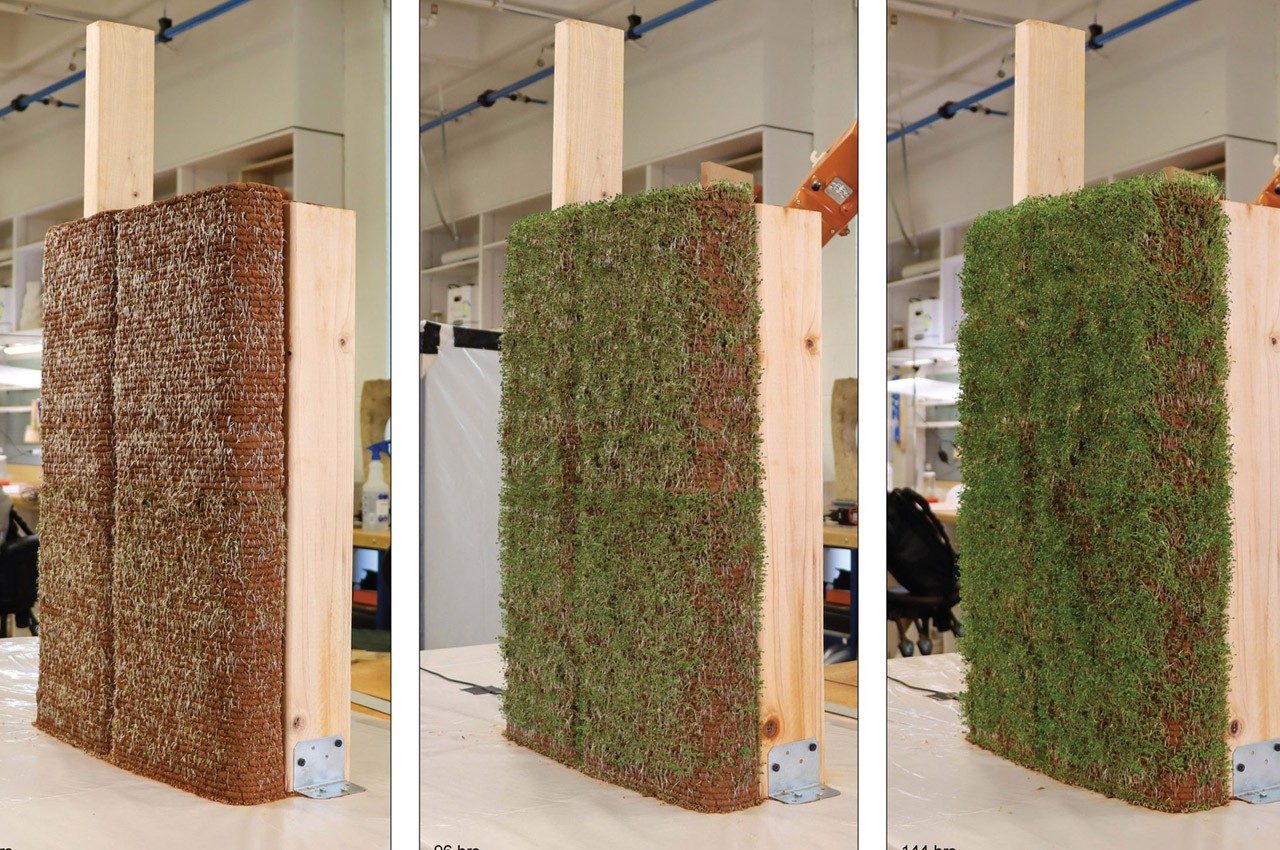
UVA says that building green walls and roofs using this technique is actually extremely beneficial. They can fulfill a variety of functions such as -natural insulation, flood prevention, and green spaces for people, pollinators, and other animals. Through this technique, they aimed to build complex green structures that are made from natural materials themselves. This could enable green spaces to be integrated into the very essence or fabric of architectural structures, rather than just adding them on top. The process also eliminates a lot of unnecessary materials which have large emissions, and a larger carbon footprint, and discards the circular approach to construction and design.
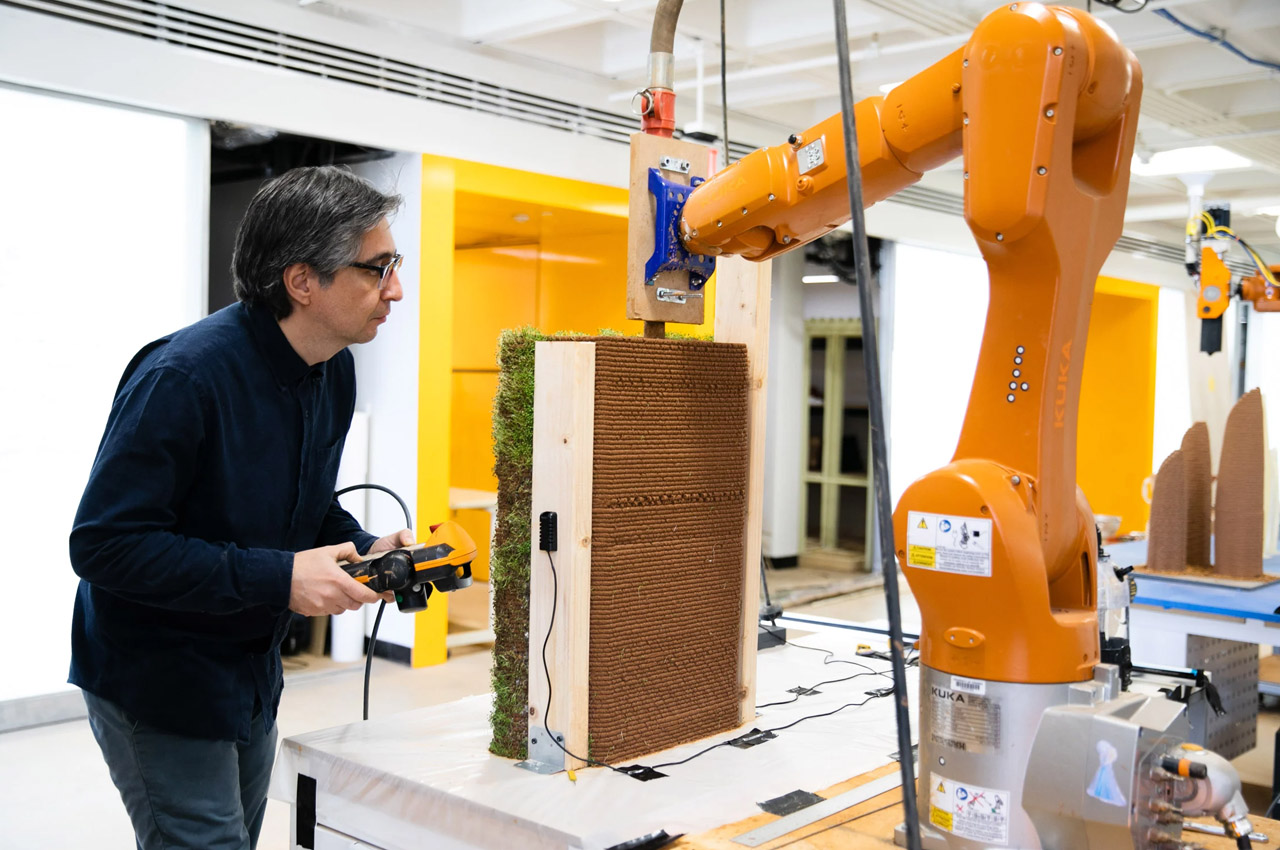
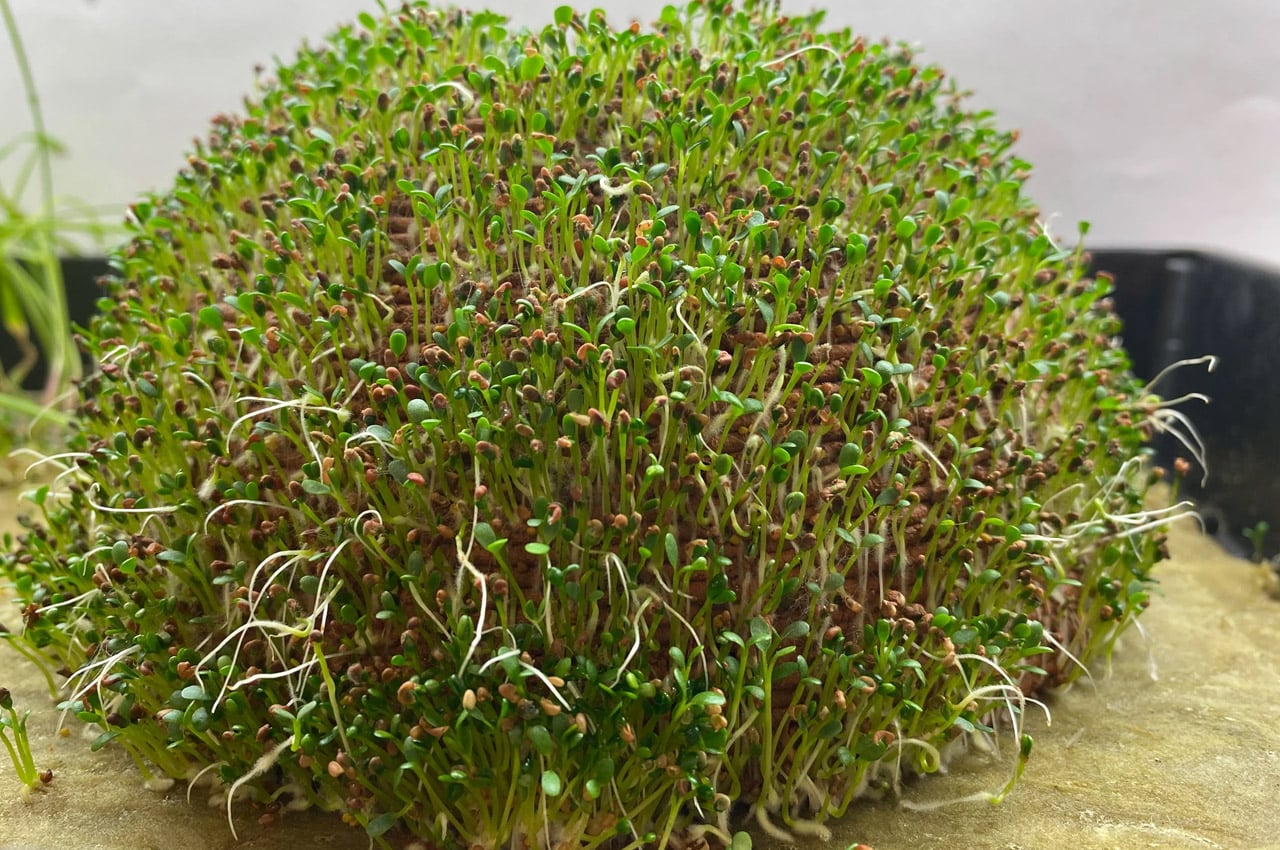
“We are working with local soils and plants mixed with water. The only electricity we need is to move the material and run a pump during printing. If we don’t need a printed piece or if it isn’t the right quality, we can recycle and reuse the material in the next batch of inks,” said Ehsan Baharlou.
“This method hypothesizes to create an active ecological system that might store emitted carbon in 3D-printed soil structures through the process of photosynthesis,” Baharlou continued.
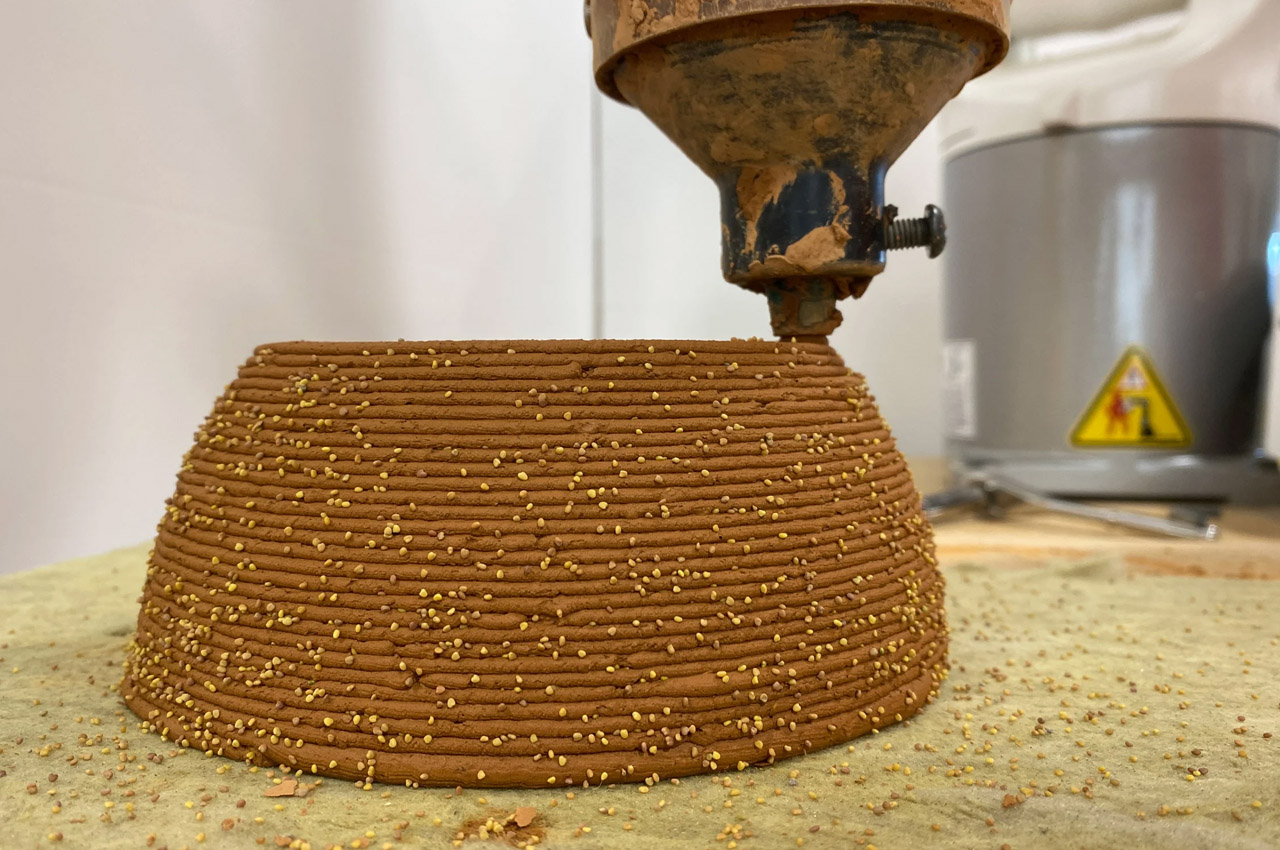
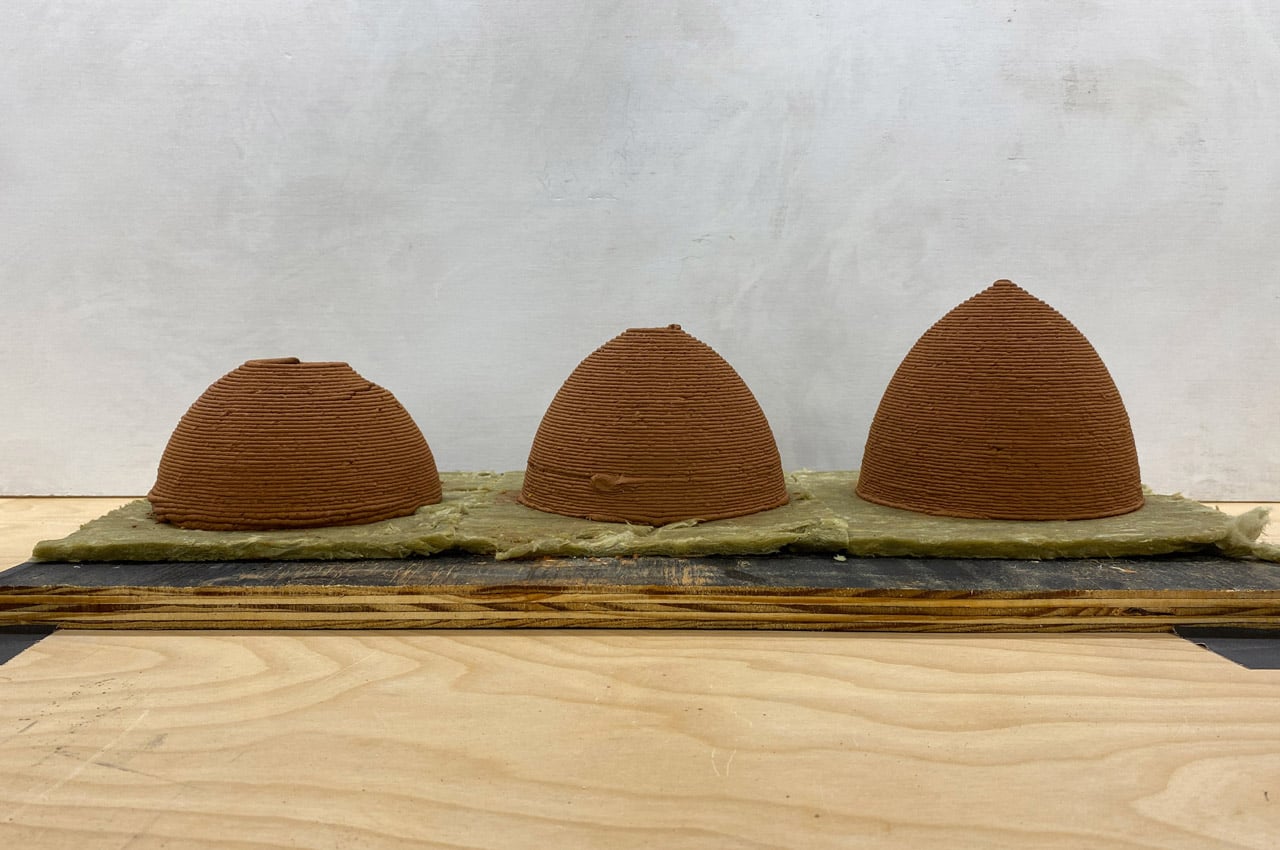
They believe this 3D printing process could play a major role in making buildings more carbon neutral. They initially started printing cylindrical prototypes, and then went on to more complex structures such as domes. They’ve even gone on to create low walls which are about a meter in height. Their next goal is to print structures with multiple sides.
The seeds used to implant the soil are ‘stonecrop’, which is a succulent plant that barely needs any water to survive. However, they are looking to further experiment with their ‘soil ink’ formula. We can’t wait to see what more they have in store for us!
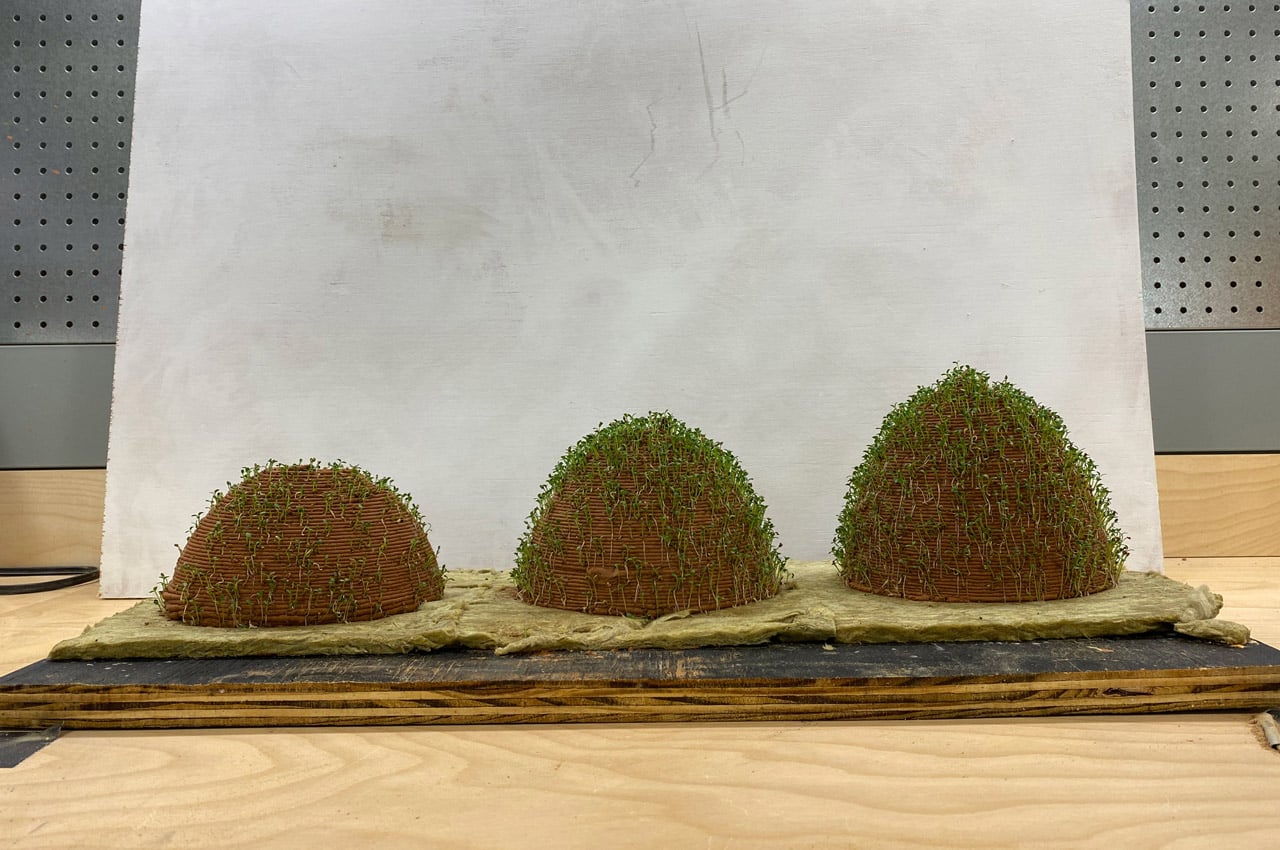
The post 3D-printed living soil walls by University of Virginia can grow plants first appeared on Yanko Design.